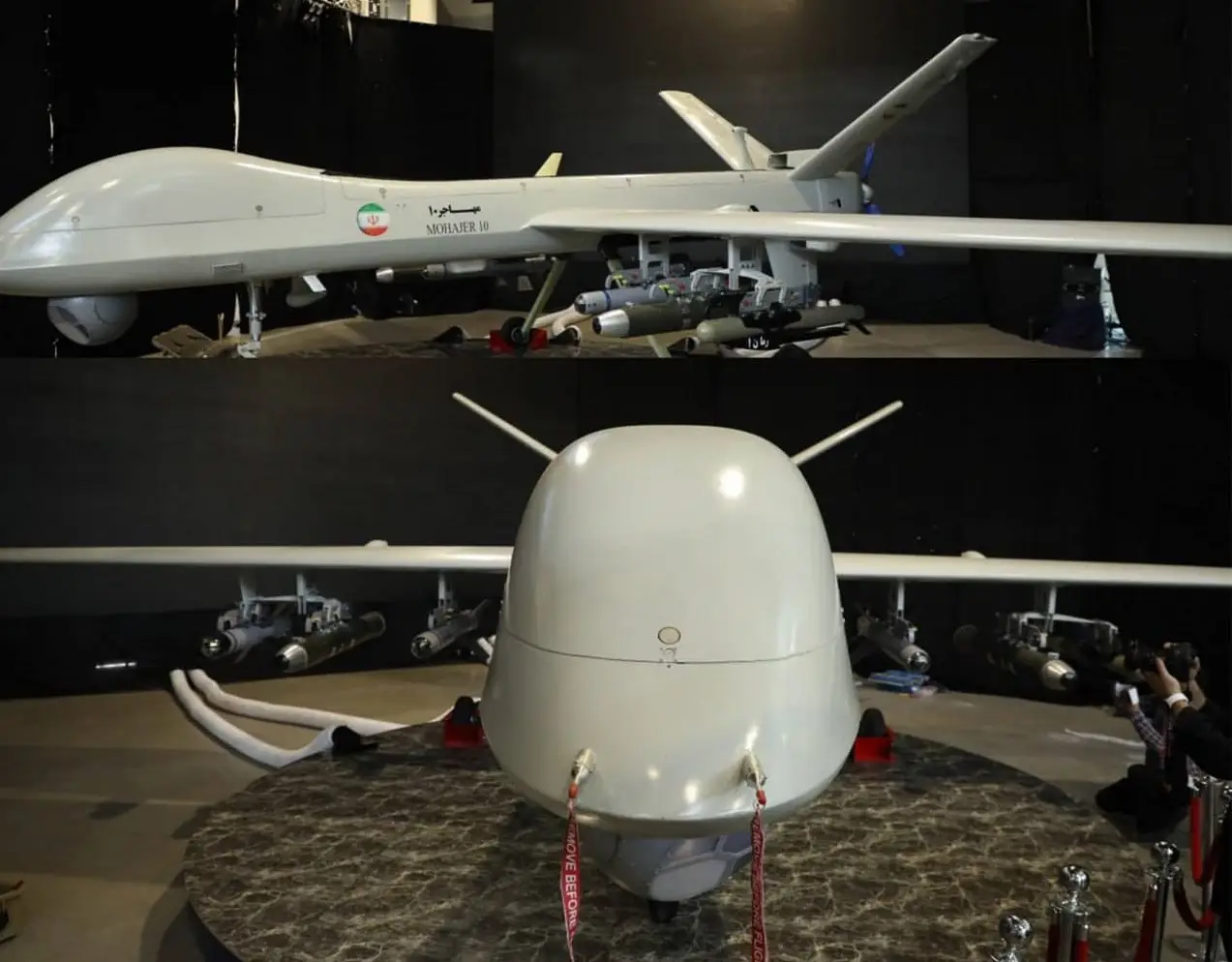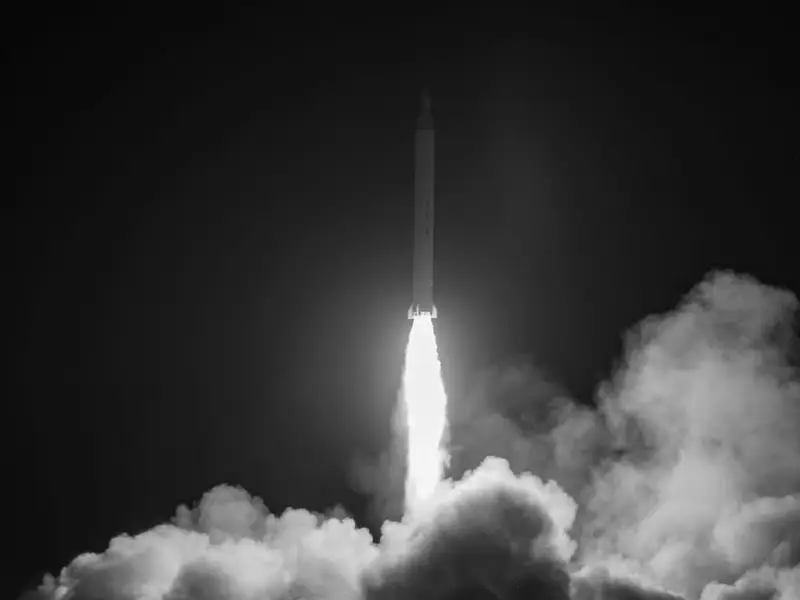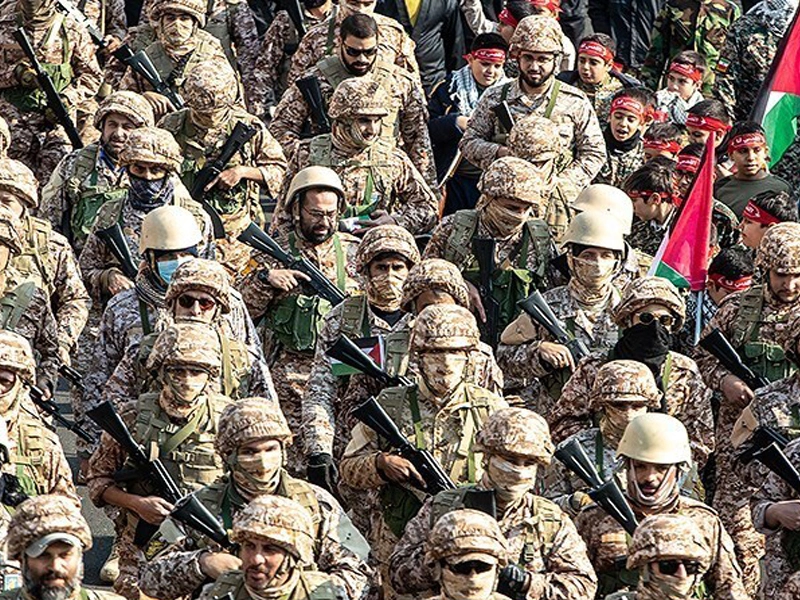The Bavar-373 air defense system is an advanced long-range Iranian air defense system designed to counter modern aerial threats, including cruise missiles, ballistic missiles, drones, and stealth aircraft. It is regarded as one of the most significant achievements of Iran's defense industry.
Development of the Bavar-373 began in 2010, following the failure to deliver the Russian S-300 system to Iran. The project was completed through the relentless efforts of Iranian experts using indigenous defense industry knowledge.
Bavar-373 Unveiling Year
The Bavar-373 system was unveiled on August 22, 2019 (corresponding to 31 Mordad 1398 in the Iranian calendar), coinciding with Iran’s Defense Industry Day. The ceremony was attended by high-ranking officials, including the President and the Minister of Defense.
Developing Organization
The system was developed and manufactured by the Ministry of Defense and Armed Forces Logistics of the Islamic Republic of Iran, in collaboration with defense industry subsidiaries, including the Aerospace Organization of the IRGC and Iran Electronics Industries (IEI).
Key Features of Bavar-373
Type of Defense:
Bavar-373 is a long-range and high-altitude air defense system that was independently and indigenously designed by Iranian experts.
Radar and Operational Range:
- Target detection range: Approximately 350 km
- Tracking range: Over 260 km
- Engagement range: Around 200 km
Missiles Used:
The system employs Sayyad-4 missiles, specifically designed for Bavar-373. These missiles are capable of engaging targets at various altitudes and ranges.
Comparison of Bavar-373 and S-300
Bavar-373 is recognized as a more advanced and localized version of the Russian S-300 air defense system. In some aspects, it has been compared to the Russian S-400 system:
- Technology: Bavar-373 incorporates advanced radar and missile guidance systems, enabling it to detect and engage stealth aircraft and high-speed targets effectively.
- Performance: It offers longer detection, tracking, and engagement ranges compared to the S-300.
The Bavar-373 Defense System vs. the Russian S-300: Similarities and Differences
The Bavar-373 air defense system and the Russian S-300 share notable similarities as Bavar-373 was designed as a domestic alternative to the S-300. Below is a comparison of the two systems across various aspects:
System Structure
The systems consist of multiple key components, including:
- Phased Array Detection Radar
- Mobile Missile Launchers
- Advanced Command and Control Centers
These components are designed for rapid deployment and operational effectiveness in diverse geographical conditions.
Role in National Security
The Bavar-373 plays a vital role in bolstering Iran's deterrence capabilities due to its defensive adaptability against modern threats. It is an integral part of Iran’s multilayered defense strategy.
Target Tracking and Engagement Capacity
Feature | Bavar-373 | S-300 PMU2 |
|---|---|---|
| Simultaneous Target Detection | 100 targets | 70 targets |
| Simultaneous Target Engagement | 60 targets | 36 targets |
Technical Specifications of Bavar-373
Advanced Radar Capabilities
- Equipped with an Active Phased Array Radar capable of detecting and tracking targets at long ranges.
- Can simultaneously identify 100 targets and engage 60 targets.
- Designed to counteract electronic warfare (ECM) and radar jamming.
Missiles Used
- Sayyad-4: An advanced solid-fuel missile tailored for engaging high-altitude and long-range targets.
- Capable of neutralizing threats at a maximum altitude of 27 kilometers, including hypersonic targets.
- Features a very high hit probability due to its advanced guidance systems.
Range of the 173 System:
Range Specifications:
- Detection Range: Up to 350 kilometers.
- Tracking Range: Up to 260 kilometers.
- Engagement Range: 200 kilometers.
Command and Control System:
- Utilizes an indigenous command system equipped with advanced algorithms for rapid analysis and decision-making.
- Capable of integration into the country's unified defense network and coordination with other air defense systems.
Mobility and Deployment:
- The system is fully mobile, with components including launchers, radars, and command centers being easily transportable.
- Features a very short preparation time and adaptability to various operational environments.
Special Operational Features:
Multifunctionality:
- Capable of countering a variety of aerial threats, including ballistic missiles, cruise missiles, drones, stealth aircraft, and even guided bombs.
Independence from Foreign Systems:
- The Bavar 373 is entirely domestically produced, with no reliance on foreign parts or technologies, allowing it to withstand international sanctions.
Strategic Importance:
Enhancing Deterrence:
- The Bavar 373 serves as one of the central pillars of Iran’s multi-layered defense strategy, significantly enhancing the country's ability to counter aerial threats.
Political Message:
- The unveiling of this system demonstrates Iran's determination to strengthen its defense capabilities independently of foreign nations.
Conclusion:
- The Bavar 373 is not just a technical achievement but a symbol of Iran's resilience in overcoming challenges and sanctions.
- With its advanced capabilities, this system significantly bolsters the security of Iran's airspace and stands as a key component of the country's defensive deterrence strategy.















